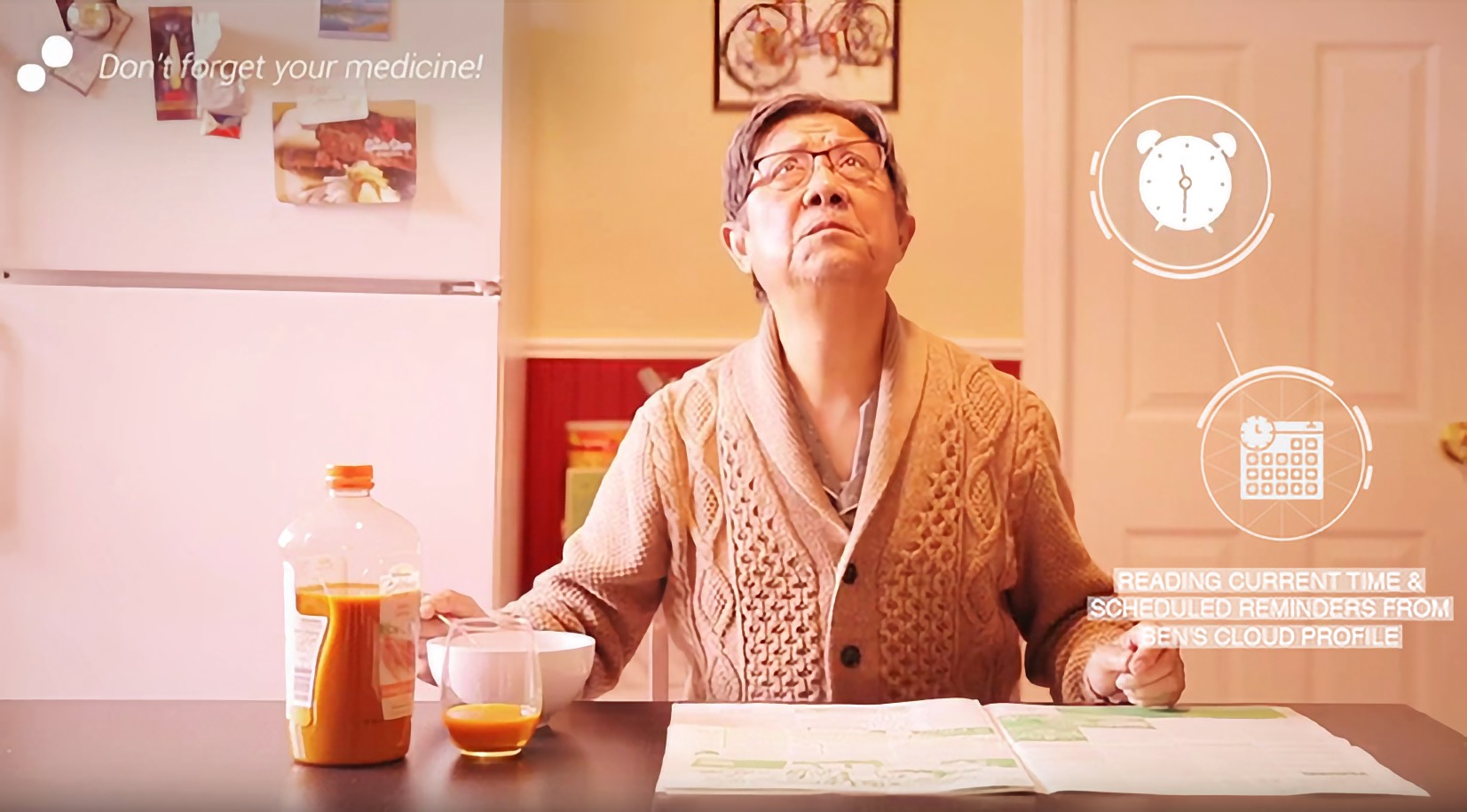Downloads
DOI:
https://doi.org/10.7480/spool.2020.3.5492Keywords:
architecture, Bio-Cyber-Physical SystemAbstract
Today’s physical-digital continuum challenges designers and architects to envision architecture as a Bio-Cyber-Physical System that is operating as part of a larger ecosystem while addressing societal challenges with a broader understanding of sustainability in mind. This paper identifies current conditions, challenges and opportunities, while proposing an intercultural dialog toward achieving a better future. The purpose is to enlighten and explore the threshold where the physical interlaces the domain of immaterial flows of information as well as identify some of the digital and material design aspects shaping the multiple facets of bio-cyber-physical-systems in order to propose some possible solutions for current design challenges.
How to Cite
Published
Issue
Section
Categories
License
Copyright (c) 2020 SPOOL

This work is licensed under a Creative Commons Attribution 4.0 International License.

References
Alberti, L. B, (1485) De Re Aedificatoria.
Bier, H. (2018). Robotic Building. Adaptive Environments Book Series, Springer.
Bolton, R. N., McColl-Kennedy, J.R., Cheung, L., Gallan, A., Orsingher, C., Witell, L., Zaki, M. (2018). Customer experience challenges: bringing together digital, physical and social realms. Journal of Service Management Vol. 29 No. 5, 2018 pp. 776-808.
Eastman, C. (1972). Adaptive Conditional Architecture, Issue 24 of Research report - Institute of Physical Planning. Institute of Physical Planning, Carnegie-Mellon University.
Findeli, A., & Bousbaci, R. (2005). L’éclipse de l’objet dans les théories du projet en design. The Design Journal, 8(3), 35-49.
Floridi, L. (2014). The Fourth Revolution. How the Infosphere is Reshaping Human Reality. Oxford University Press. Italian edition by Raffaello Cortina Editore.
Fox, M. & Kemp, M. (2009). Interactive Architecture. New York, Princeton Architectural Press.
Liu Cheng, A., Bier, H., Latorre, G., Kemper, B., & Fischer, D. (2017). A High-Resolution Intelligence Implementation based on Design-to-Robotic-Production and-Operation strategies. In Proceedings of the 34th International Symposium on Automation and Robotics in Construction (ISARC 2017).
Maldonado, T. (1994). Reale e virtuale. Feltrinelli Editore.
Maldonado, T. (1997). Critica della ragione informatica. Feltrinelli Editore.
Maldonado, T. (2005). Memoria e conoscenza. Feltrinelli Editore.
Mandolfo M., Pavlovic M., Pillan M., Lamberti L. (2020) Ambient UX Research: User Experience Investigation Through Multimodal Quadrangulation. In: Streitz N., Konomi S. (eds) Distributed, Ambient and Pervasive Interactions. HCII 2020. Lecture Notes in Computer Science, vol 12203. Springer, Cham.
Negroponte, N. (1969). Toward a Theory of Architecture Machines. Journal of Architectural Education. Vol. 23, No. 2, pp. 9-12.
Negroponte, N. (1975). Soft Architecture Machines. Cambridge, Mass: MIT Press.
Negroponte N. (1995). Being Digital. Hodder and Stoughton.
Pavlovic, M., Colombo, S., Lim, Y., & Casalegno, F. (2019a, August). Exploring Gesture-Based Tangible Interactions with a Lighting AI Agent. In International Conference on Human Interaction and Emerging Technologies (pp. 434-440). Springer, Cham.
Pavlovic, M., Kotsopoulos, S., Lim, Y., Penman, S., Colombo, S., & Casalegno, F. (2019b, October). Determining a Framework for the Generation and Evaluation of Ambient Intelligent Agent System Designs. In Proceedings of the Future Technologies Conference (pp. 318-333). Springer, Cham.
Pavlovic, M. (2020). Designing for Ambient UX: Design Framework for Managing User Experience within Cyber-Physical Systems. Unpublished doctoral dissertation, Politecnico di Milano.
Pillan, M., & Colombo, S. (2017). Will smart homes improve our lives? A design perspective towards effective wellbeing at home. The Design Journal, 20(sup1), S2580–S2591.
Rowland, C.; Goodman, E.; Charlier, M.; Light, A.; Lui, A. (2015). Designing Connected Products: UX for the Consumer Internet of Things. O’Reilly Media.
Samsa, D. (2004). Perscriptio, Modvli Ed Exemplaria. In De Re Ædificatoria. Actes du congrès international Gli Este E L’alberti: Tempo E Misura. Ferrara 2004, pp. 201-215. Editor Société Internationale Leon Battista Alberti.
Samsa, D. (2012). Ontologia E Deontologia del «Disegno» nell’Alberti. In Societe Internationale Leon Battista Alberti – Albertiana and Istituto Italiano per gli Studi Filosofici. Volume XV – 2012. Leo S. Olschki Editor E.
Tegmark, M. (2017). Life 3.0. Being human in the Age of Artificial Intelligence. Penguin Books.
Varisco, L., Pavlovic, M., & Pillan, M. (2019). Anticipating Ethical Issues When Designing AI Agents That Employ Personal Data. In A. Marcus & W. Wang (Eds.), Design, User Experience, and Usability. Design Philosophy and Theory (Vol. 11583). Cham: Springer.
Zelkha, E. & Epstein, B. (1998) From Devices to ‘Ambient Intelligence’: The Transformation of Consumer Electronics, Presentation at the Digital Living Room Conference, Philips.



